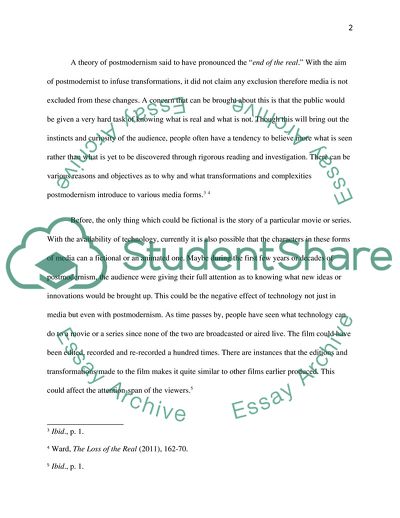Cite this document
(Postmodernism - Media, Market, Make-Believe Essay - 1, n.d.)
Postmodernism - Media, Market, Make-Believe Essay - 1. https://studentshare.org/media/1775022-postmodernism-and-media
Postmodernism - Media, Market, Make-Believe Essay - 1. https://studentshare.org/media/1775022-postmodernism-and-media
(Postmodernism - Media, Market, Make-Believe Essay - 1)
Postmodernism - Media, Market, Make-Believe Essay - 1. https://studentshare.org/media/1775022-postmodernism-and-media.
Postmodernism - Media, Market, Make-Believe Essay - 1. https://studentshare.org/media/1775022-postmodernism-and-media.
“Postmodernism - Media, Market, Make-Believe Essay - 1”. https://studentshare.org/media/1775022-postmodernism-and-media.


